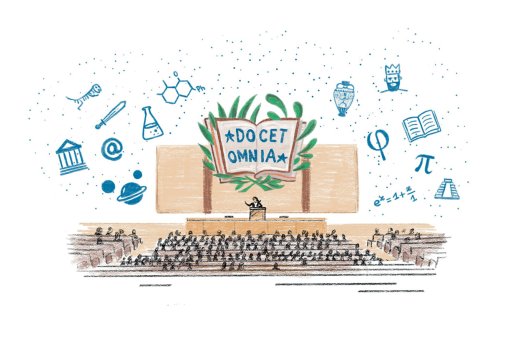A publication in Proceedings of the National Academy of Sciences (PNAS) by Philippe Simon, Roache Arulanandam, Marc Fontecave and Murielle Lombard, from the Chemistry of Biological Processes laboratory, identifies a new oxygen source for important cellular metabolic pathways in bacteria.
Using an interdisciplinary approach involving microbiology, molecular biology, biochemistry and bioorganic chemistry, the authors have discovered that prephenic acid is the essential oxygen atom donor for hydroxylation reactions in the anaerobic biosynthesis of ubiquinone (vitamin Q). Until now, oxygen O2, waterH2Oand hydrogen peroxide H2O2 were the only known sources of oxygen for hydroxylation reactions in the living world.
In collaboration with teams led by Fabien Pierrel (TIMC, Université Grenoble Alpes) and Frédéric Barras (Institut Pasteur), the authors synthesized for the first time a direct, labelled precursor of prephenic acid, 18O-shikimate. Then, using metabolic labeling experiments, they demonstrated the incorporation of 180atoms into ubiquinone. Beyond ubiquinone biosynthesis, other oxidation reactions within the cell, such as certain post-translational modifications of ribonucleic acids, could also depend on this newly-identified oxygen source. Prephenic acid-dependent hydroxylation reactions represent a new biochemical mechanism for adaptation to anaerobic environments. This discovery, beyond its fundamental aspect, opens up the possibility of a new antimicrobial strategy through the development of analogues of prephenic acid, the latter not being a metabolite present in humans.
Authors : Philippe Simon, Katayoun Kazemzadeh Ferizhendi, Ludovic Pelosi, Emmanuel Séchet, Roache Arulanandam, Mahmoud Hajj Chehade, Martial Rey, Deniz Onal, Laura Flandrin, Rouba Chreim, Bruno Faivre, Samuel Chau-Duy-Tam Vo, Rodrigo Arias-Cartin, Frédéric Barras, Marc Fontecave, Emmanuelle Bouveret, Murielle Lombard, Fabien Pierrel.










